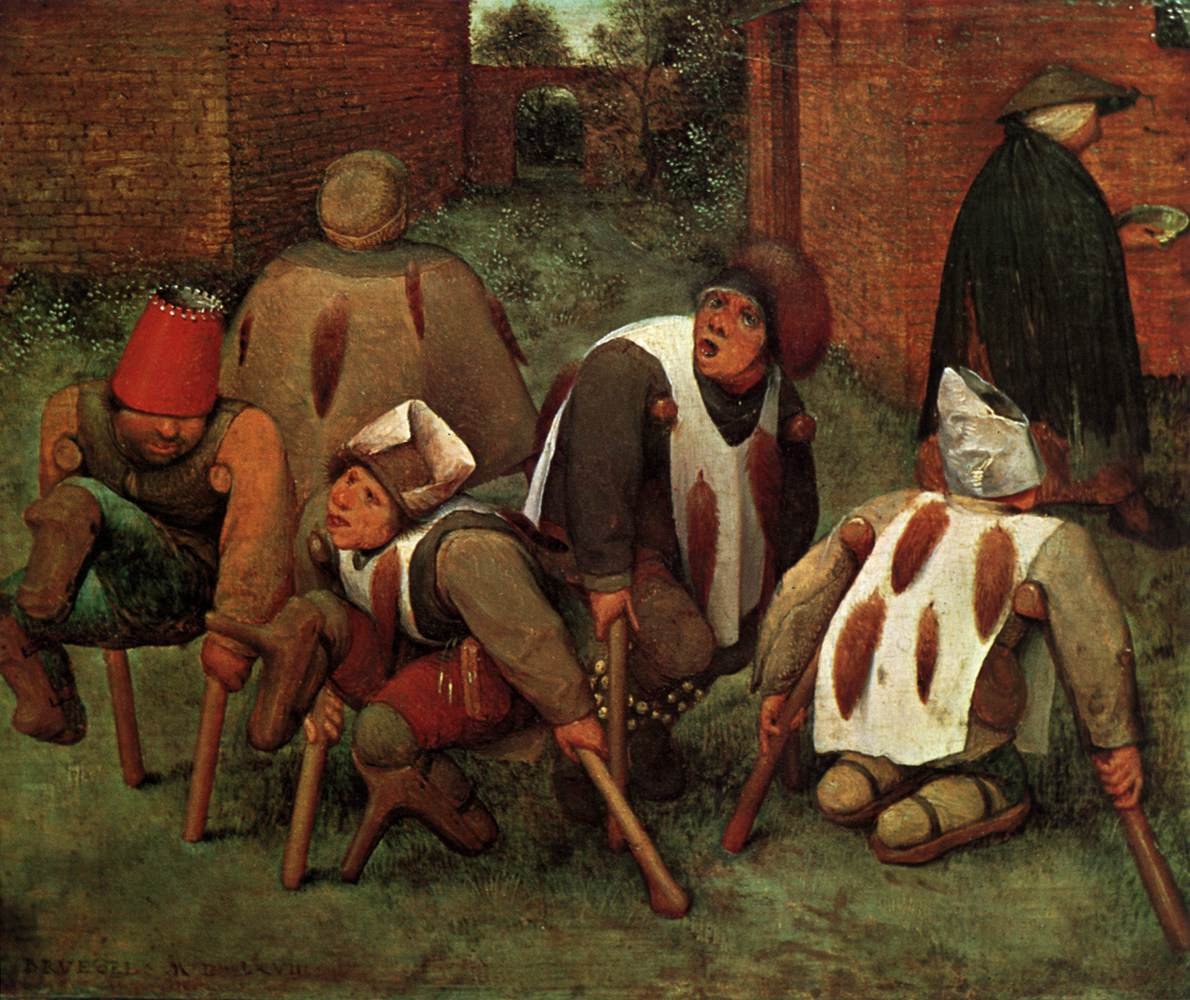Strasbourg, France
View from the River Ill, a tributary of the Rhine running through Strasbourg
A Brief History of Strasbourg
Strasbourg, a city in the Alsace region of Eastern France that lies on the French border with Germany, has been the site of violent upheaval throughout history. Over the centuries, its ruling nation has shifted back and forth between Germany and France following the numerous violent conquests by both sides. World War II saw the city's last battle, with the French liberating Strasbourg from Nazi control. Today, the city of Strasbourg is seen as a bridge between the French and Germanic cultures with strong influences from both sides, most apparent in the food on offer as well as the architecture and general look of the city.
Sites to see in Strasbourg include the Gothic Cathedral dating back to 1015, an imposing sandstone building that took over three centuries to complete. Up until the 19th century, this cathedral was renowned for being the tallest building in the Christian world. Below the spires of the cathedral lie the narrow winding medieval streets and squares of the Petit France district on the Grande-Ile which are filled with timber-framed buildings once used by the tanners of the 16th and 17th centuries. And the monumental German Imperial Quarter built in the 19th century can be found just down river, forming part of the Unesco Heritage site along with the Grande-Ile.
The city of Strasbourg has seen many horrors throughout its long 2000-year history dating back to Roman times. It has weathered multiple battles, sieges, massacres, bombings, and wartime invasions, though none are quite as strange as the dancing plague of 1518.
The Wedding Dance by BRUEGEL, Pieter the Elder, 1566
The Dancing Plague of 1518
In the summer of 1518, a strange occurrence took place in the streets of Strasbourg. It began with one woman. A lady named Frau Troffea began dancing uncontrollably, with no reason or even music to incite her. Others who witnessed her dance found themselves drawn into the mayhem, with reports of over 400 people taking part. Spectators at the scene described the dancers as if they were convulsing, thrashing their limbs about, and appearing vacant-eyed, like one possessed. The dancers danced so hard and for so long that they became drenched in sweat, their shoes soaked in blood, and could be heard calling out for help as they were unable to escape the madness. The only way the dancers could stop was to succumb to dehydration and exhaustion, resulting in their collapse and sometimes even death. It was reported that up to 15 unfortunate people died each day at the height of the dancing plague. But as the exhausted dancers fell, new ones would take their place in this ceaseless performance.
In September, three months after it started, the spectacle began to dwindle and eventually ceased altogether, leaving physicians, the clergy, and the town council stumped as to why it happened in the first place. Fearing demonic possession as the cause and worried about a recurrence, the council went all Footloose on the town and banned public dancing as well as music forthright. Any dancers found were forced to pray while wearing red shoes with a painted cross and sprinkled in holy water for extra measure. This ritual was thought to help end the dancing plague once and for all, and indeed, the frenzied dancing never returned to the town of Strasbourg.
The Cripples by BRUEGEL, Pieter the Elder, 1568
Ergot Poisoning and Saint Anthony’s Fire
The dancing plague of Strasbourg has been attributed to numerous explanations, including demonic possession, mass hysteria, and even food poisoning. Among these, the food poisoning theory is particularly intriguing and may hold some merit.
There is a fungus known as Claviceps Purpurea that grows on grains like rye, which was commonly stored over the winter in medieval Strasbourg. The damp, cold conditions typical of winters in the Alsace region created an environment that would contribute to the growth of this fungus.
The problem with this particular fungus is that it produces a chemical called ergotamine, a chemical that is structurally similar to the psychedelic drug known as LSD and is the cause of ergot poisoning. Ergot poisoning has been around for a long time and was known in the medieval ages as Saint Anthony’s Fire, after the monks of Saint Anthony who cared for those with the condition. Ergot poisoning can affect the central nervous system, the digestive system, and the cardiovascular system, resulting in a multitude of symptoms, including nausea and vomiting, constriction of blood vessels that can lead to gangrene and loss of limbs, as well as headaches, hallucinations, convulsions, and even coma and death.
Ergot poisoning has been implicated in several mass hysteria events throughout history including the dancing plague of 1518 as well as the Salem witch trials of Massachusetts. Although rare today, outbreaks of ergot poisoning are occasionally reported, though most commonly due to ingestion of medications containing the compound. In modern times, ergots and ergot derivatives are used to treat Parkinson's Disease, as well as manage post-partum haemorrhage, induce labour, and even treat migraines.
The Strasbourg Cathedral, so big it’s hard to get it all in!
Top Tips
Strasbourg is a great city that can be seen easily on foot. Start by exploring the Grande-Ile for the medieval houses, winding alleyways, and the colossal Cathedral.
After the Grande-Ile, head to the river for a boat tour up and down the River Ill to see the sights and learn some history of the city.
We did the Batorama tour which was just over an hour and included commentary in English.
For tickets, use the link below, though we paid at the pier without any issues.
https://shop.batorama.com/accueil/landing.jsp;jsessionid=338869EFC56E5421571E6337D0EC0A14??utm_source=ExploreGE&utm_medium=CTAReserver



